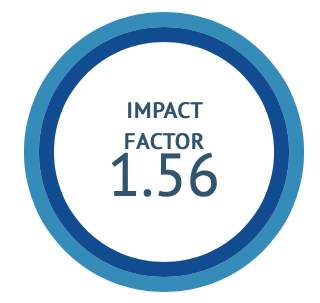Evaluation of Retinopathy of Prematurity in Preterm Infants
DOI:
https://doi.org/10.47552/ijam.v10i2.1280Keywords:
Retinopathy of prematurity, Premature Infant, Vision Prognosis, Risk FactorsAbstract
Background: Retinopathy of Prematurity is aberrant developmental retinal Angiogenesis in preterm infants. For ophthalmologist diagnosis and management of this progressive disease remains a challenge. Objective: To investigate the retinopathy of prematurity in premature infants referred to the Eye Clinic of Ayatollah Rouhani Hospital in Babol in 2016. Methods: In this cross-sectional study, data on premature infants including risk factors for retinopathy and eye examinations were recorded and data were analyzed using Chi-square, single, and multiple logistic regression. Results: Among 100 premature infants with mean gestational age, 31. 83 (GA) weeks (2. 06SD) and birth weight 1686. 9 (g) (416. 4SD), retinopathy was 39% and severe in 14% of all specimens. In single-variable analysis, there was a significant relationship between Retinopathy of Prematurity and birth weight, gestational age, duration of oxygen therapy, duration of hospitalization and sepsis, while in multivariate logistic regression, birth weight and respiratory distress syndrome were independent predictors of retinopathy. 25 cases (64. 1%) had spontaneous regression and in 14 cases (35. 8%) treatment was required. The prognosis of treatment was desirable in all 14 cases. Conclusion: Timely screening and treatment in infants with severe retinopathy is very important in preventing progression of the disease to higher stages and poor vision prognosis.
Downloads
Published
How to Cite
Issue
Section
License
Copyright (c) 2019 International Journal of Ayurvedic Medicine

This work is licensed under a Creative Commons Attribution 4.0 International License.
The author hereby transfers, assigns, or conveys all copyright ownership to the International Journal of Ayurvedic Medicine (IJAM). By this transfer, the article becomes the property of the IJAM and may not be published elsewhere without written permission from the IJAM.
This transfer of copyright also implies transfer of rights for printed, electronic, microfilm, and facsimile publication. No royalty or other monetary compensation will be received for transferring the copyright of the article to the IJAM.
The IJAM, in turn, grants each author the right to republish the article in any book for which he or she is the author or editor, without paying royalties to the IJAM, subject to the express conditions that (a) the author notify IJAM in advance in writing of this republication and (b) a credit line attributes the original publication to IJAM.




